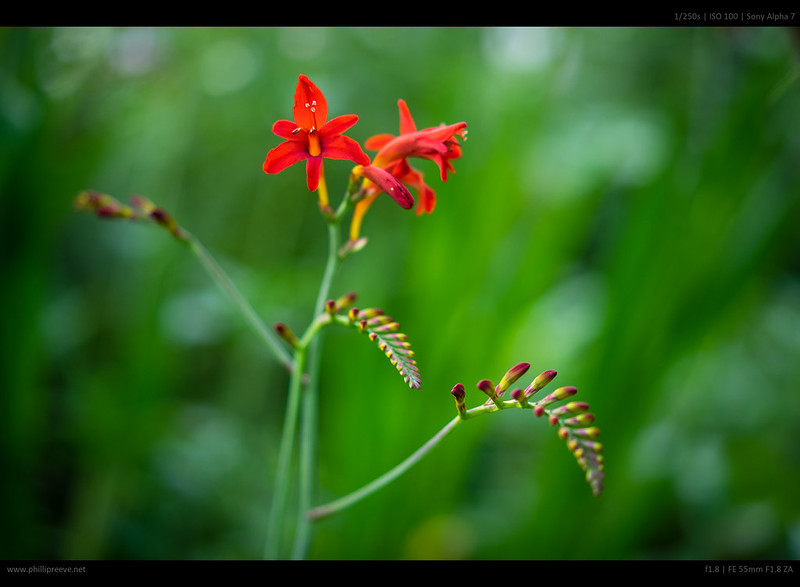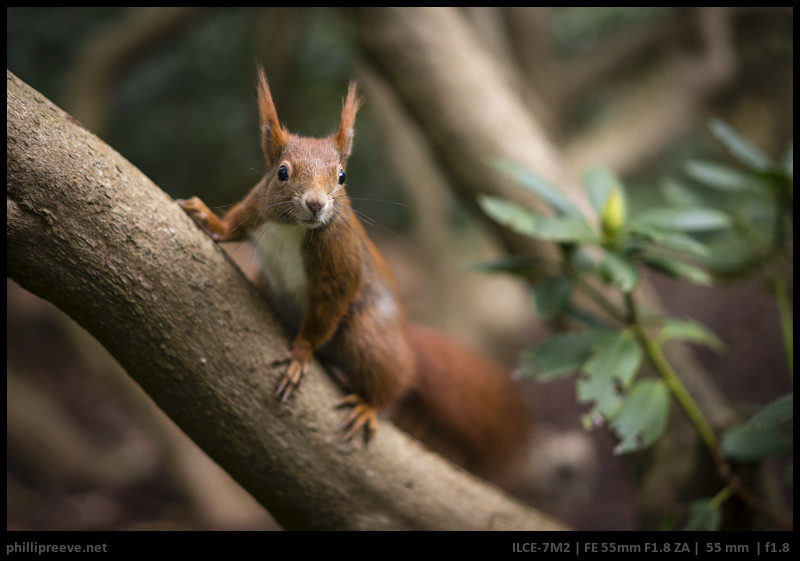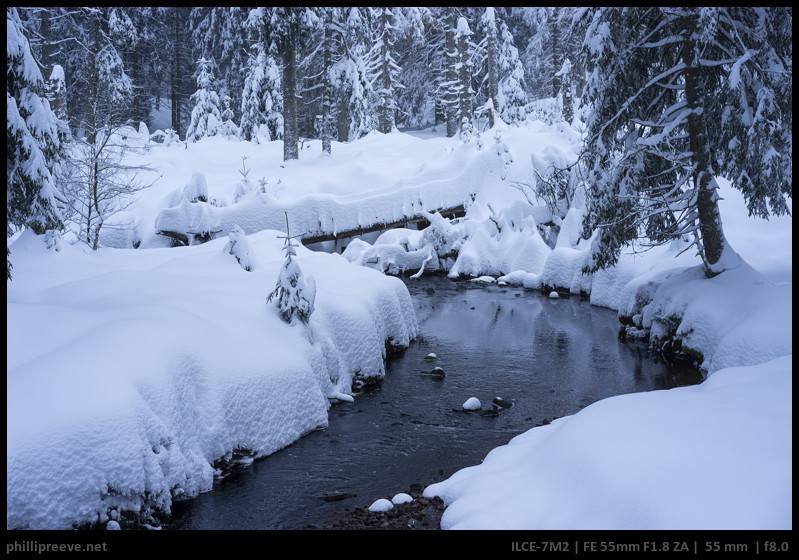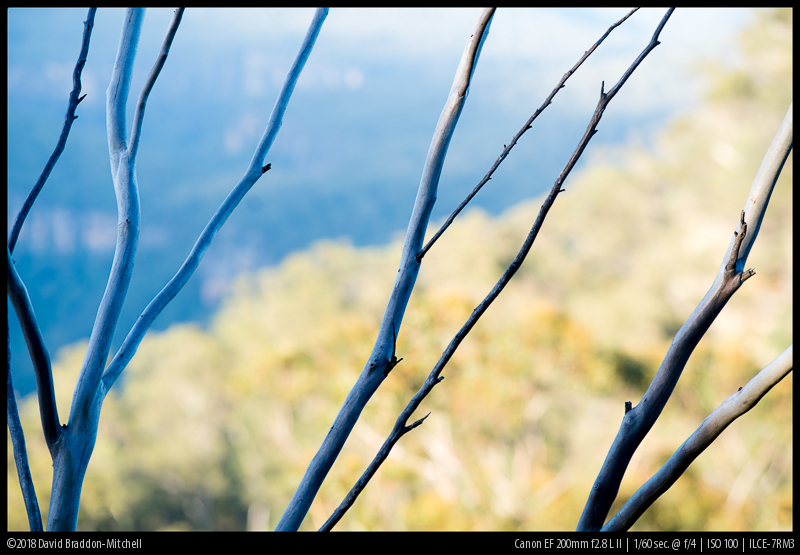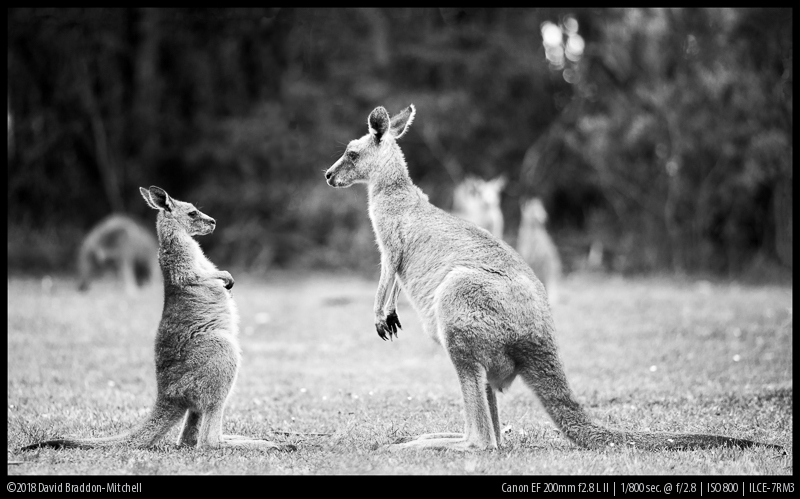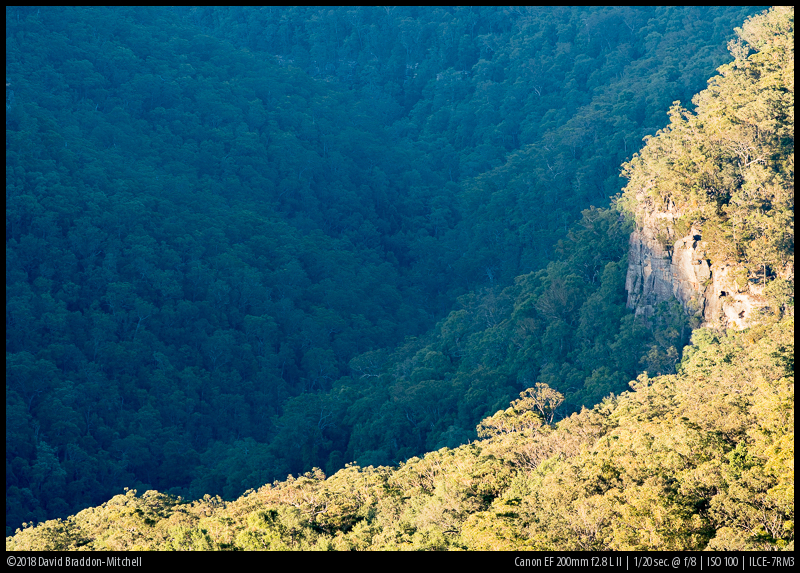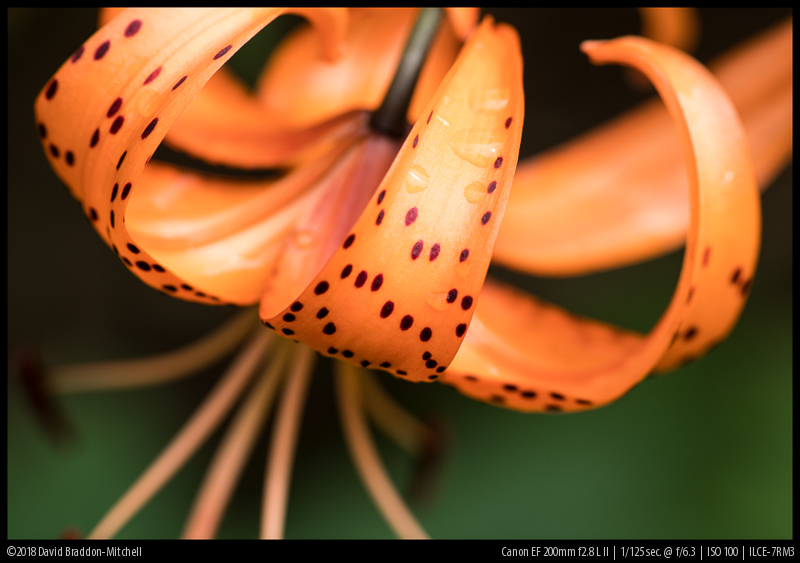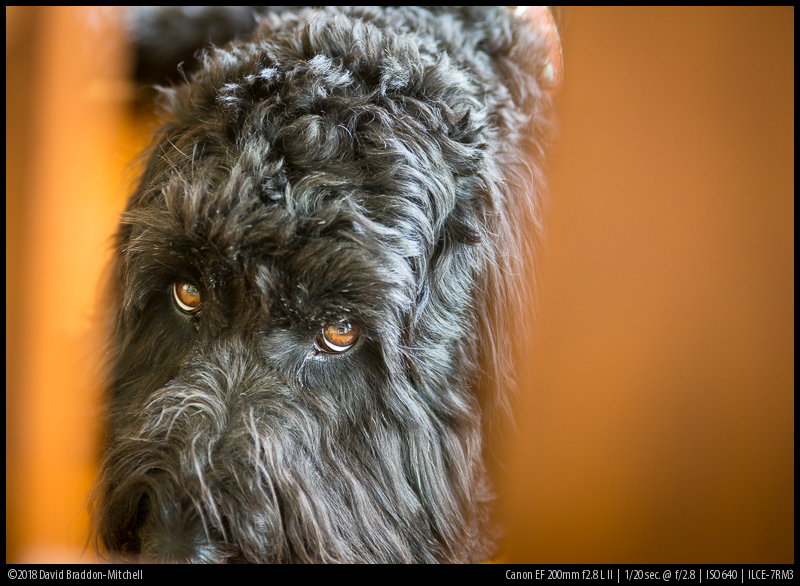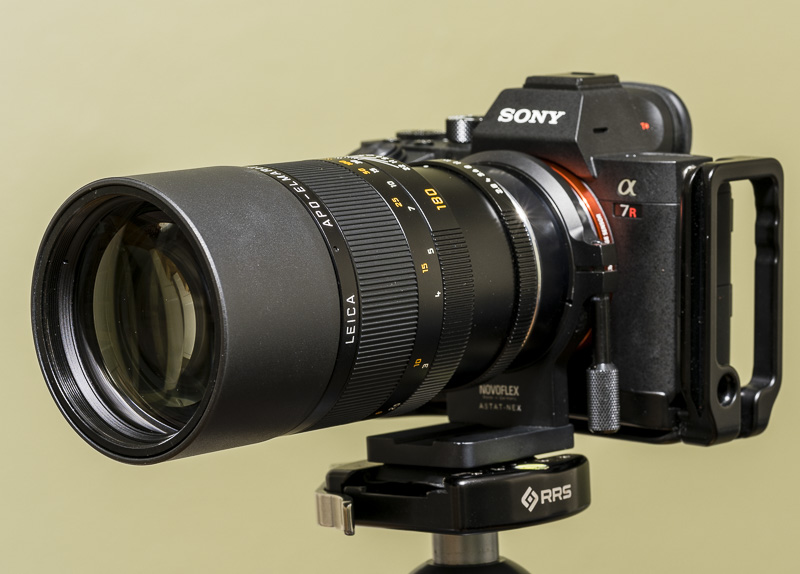
Phillip was kind enough to ask me to write a review of one of my favorite lenses: The Leica R Apo-Elmarit 180mm/F2.8 E67.
I love this lens because it is optically excellent from wide open, lacks field curvature, has pleasing rendering, is well corrected, is small enough to comfortably hand hold, and is bright enough at F2.8 to use even in less than optimal light. I use this lens on Sony because there is no comparable native lens available.
It has been called the world’s best medium telephoto lens. While I cannot confirm or deny this claim, it is indeed a very fine optic in my experience. As will be seen below, it has many virtues and few weaknesses.
Sample Images
Images shown in this review can be found here in higher resolution.
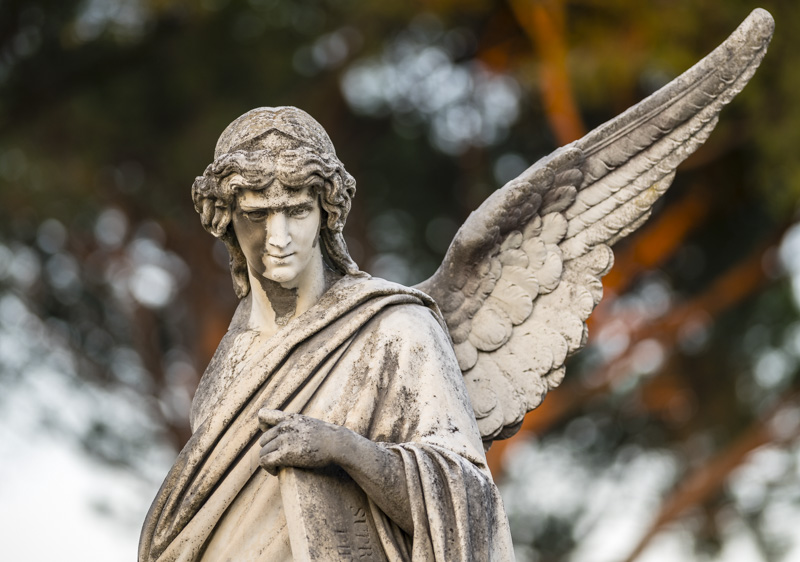
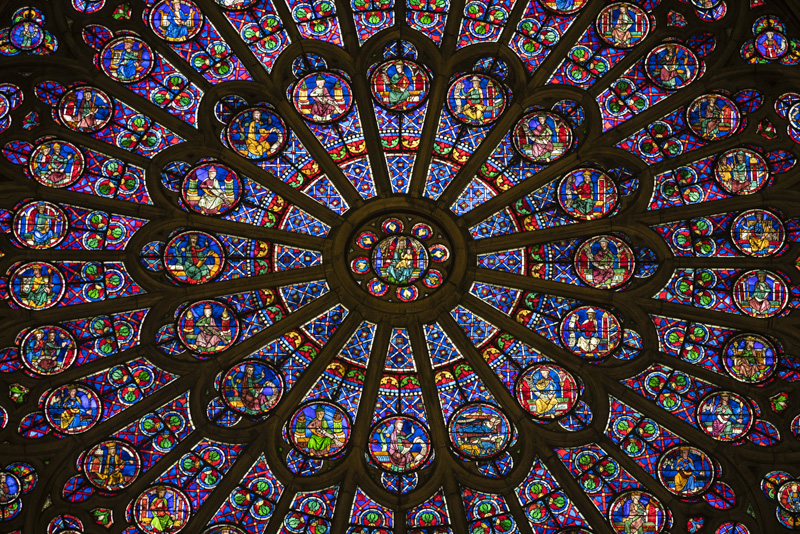
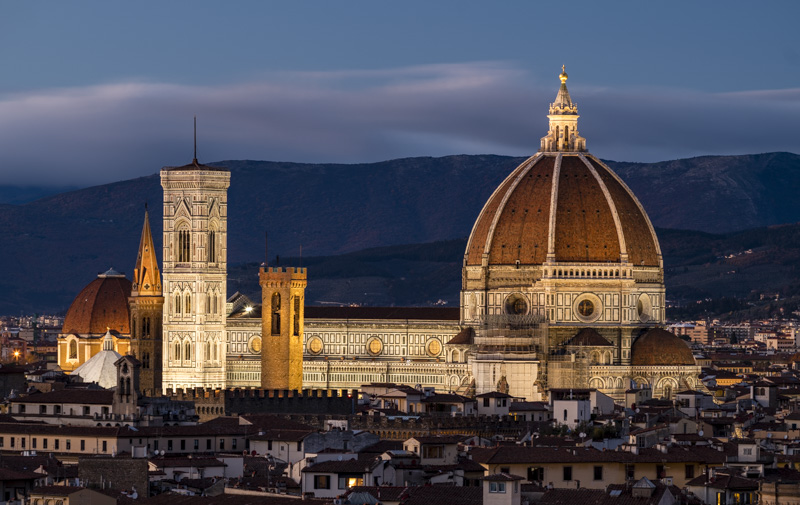
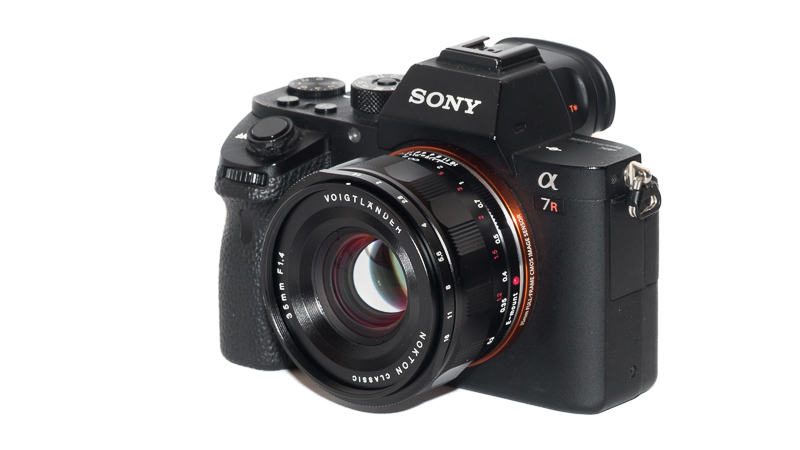
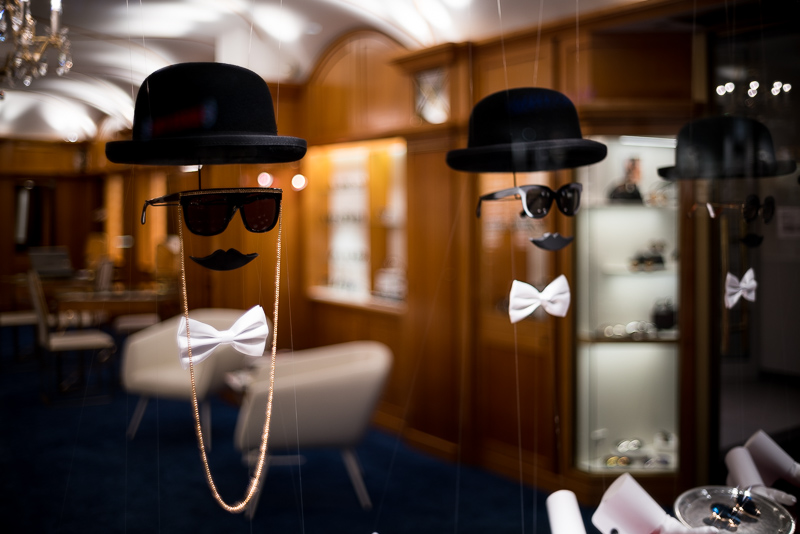
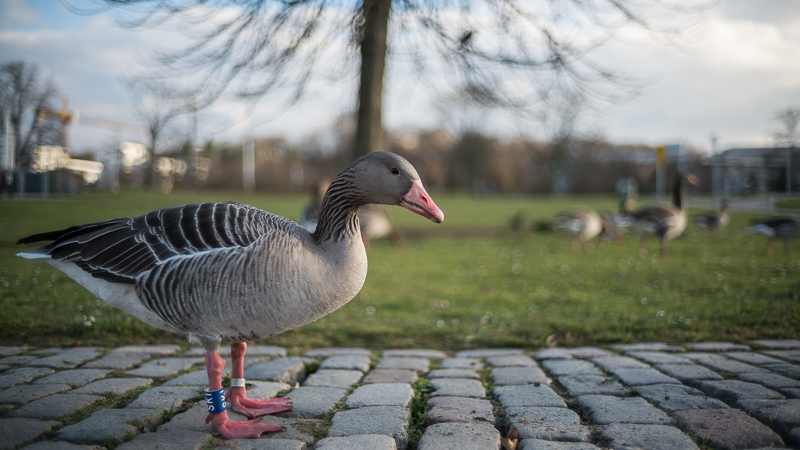
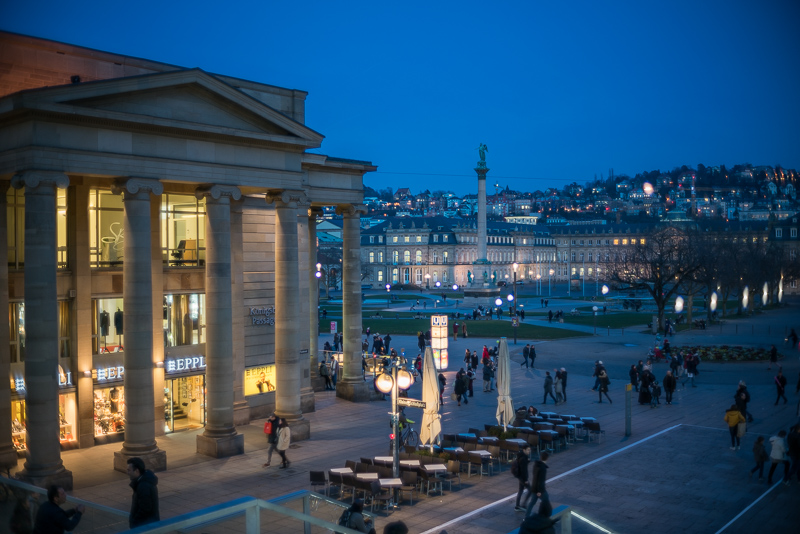
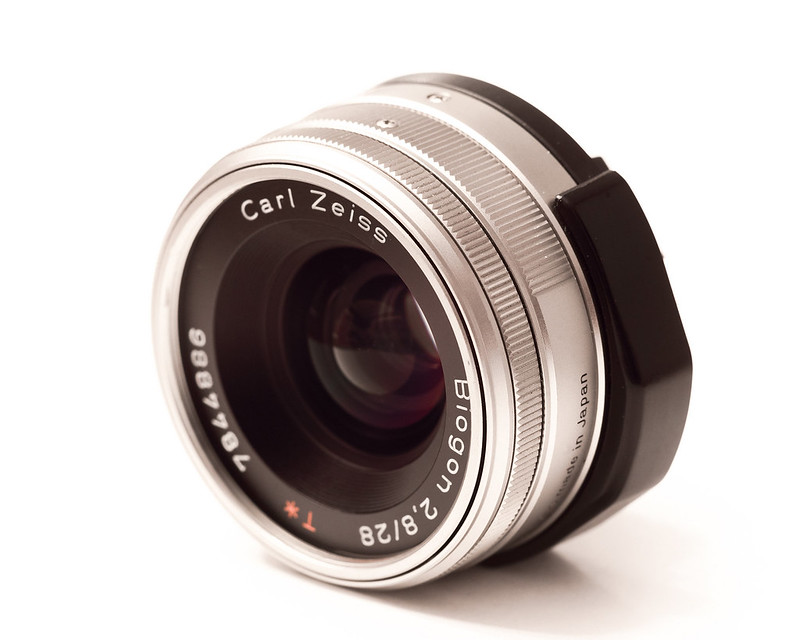
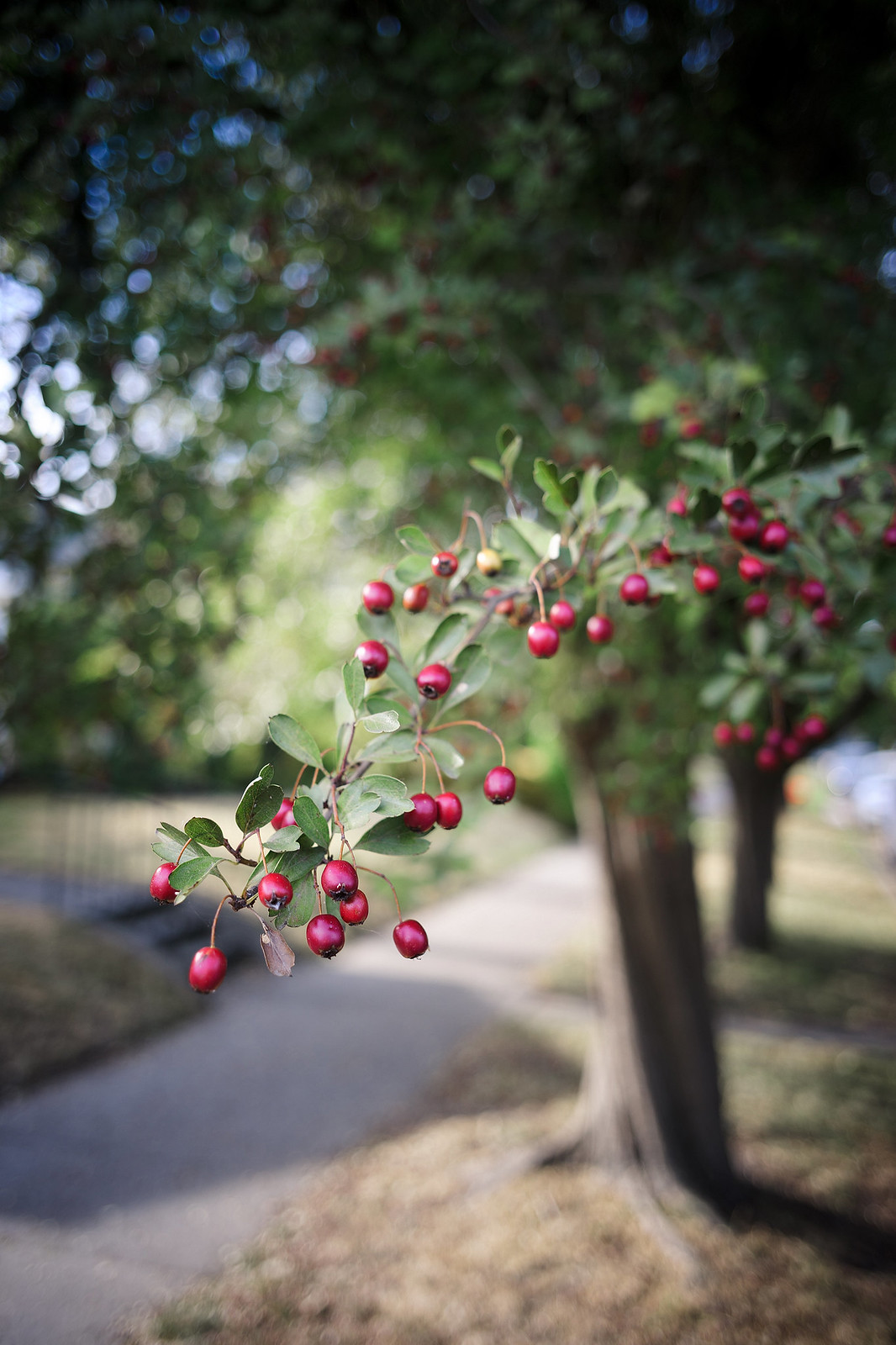
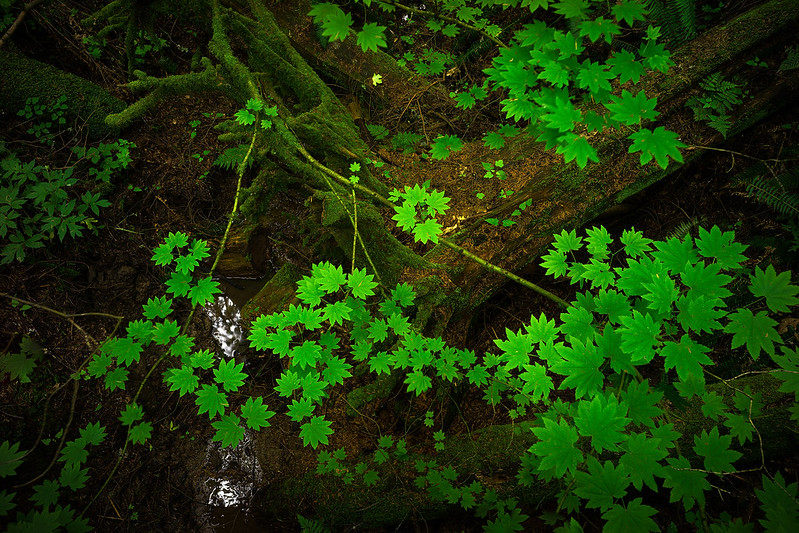
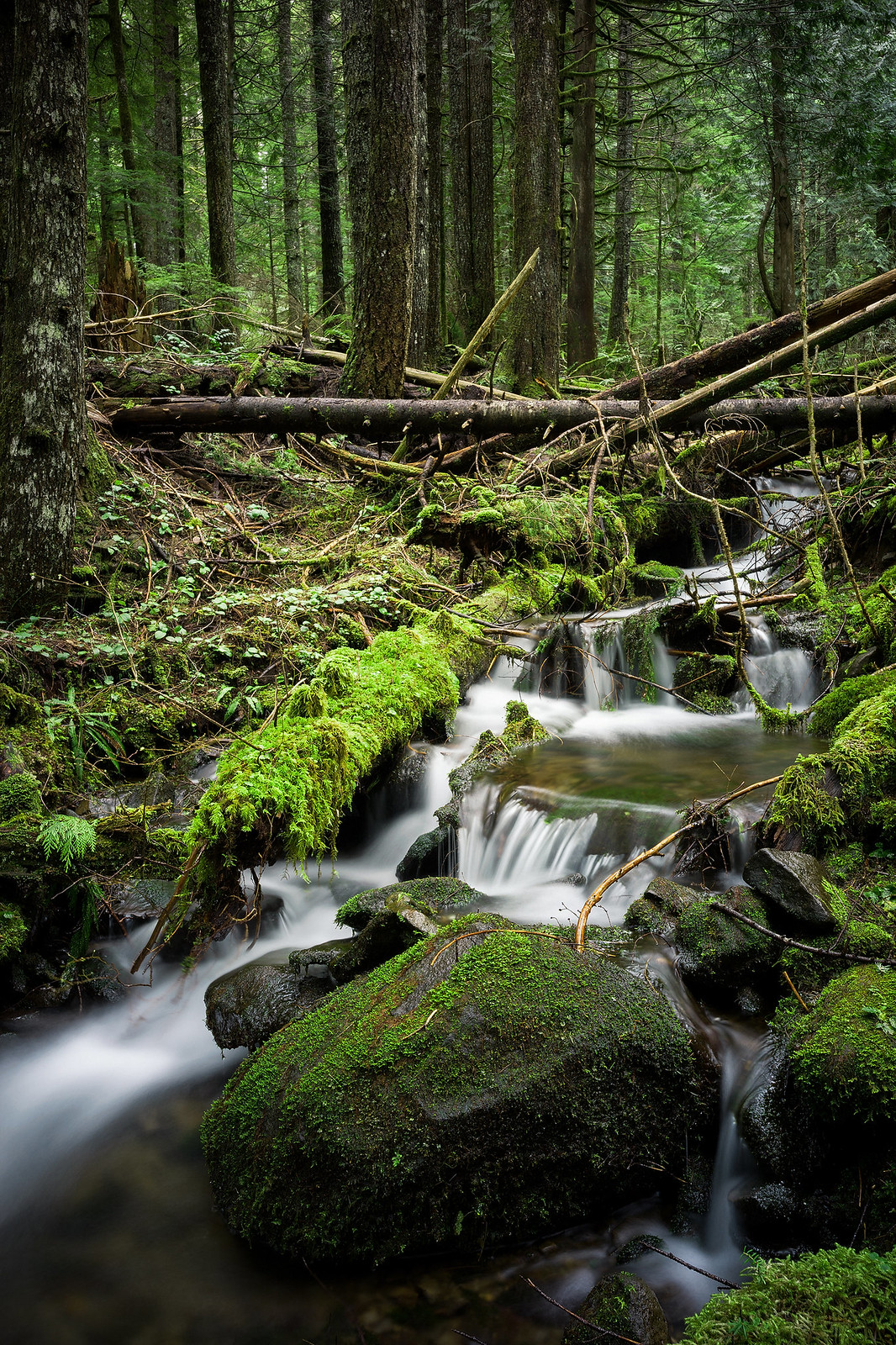
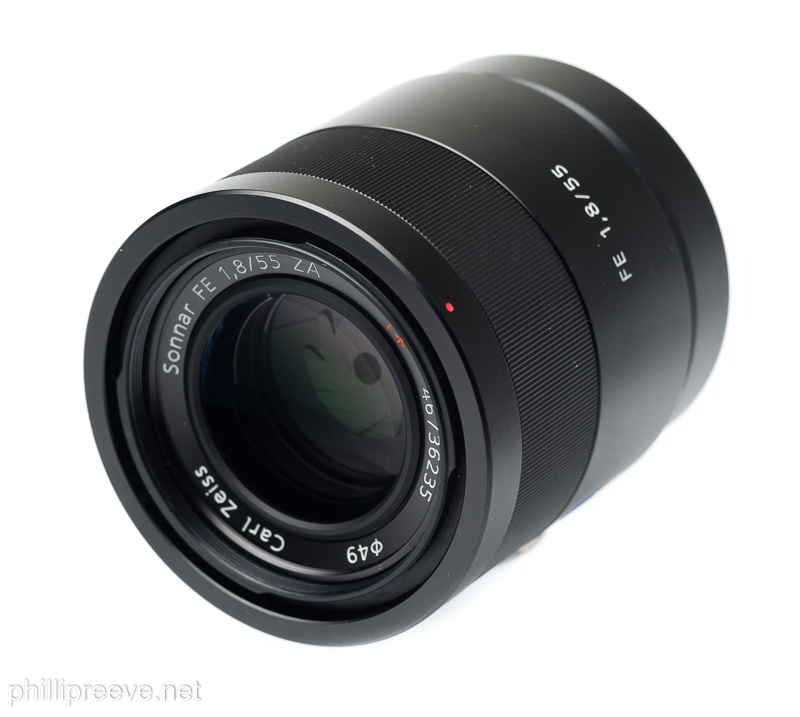 For this independent review I bought the Sony Sonnar FE 1.8/55 ZA T* and used it for a period of several months during which I performed many tests and used it in a wide range of applications.
For this independent review I bought the Sony Sonnar FE 1.8/55 ZA T* and used it for a period of several months during which I performed many tests and used it in a wide range of applications.